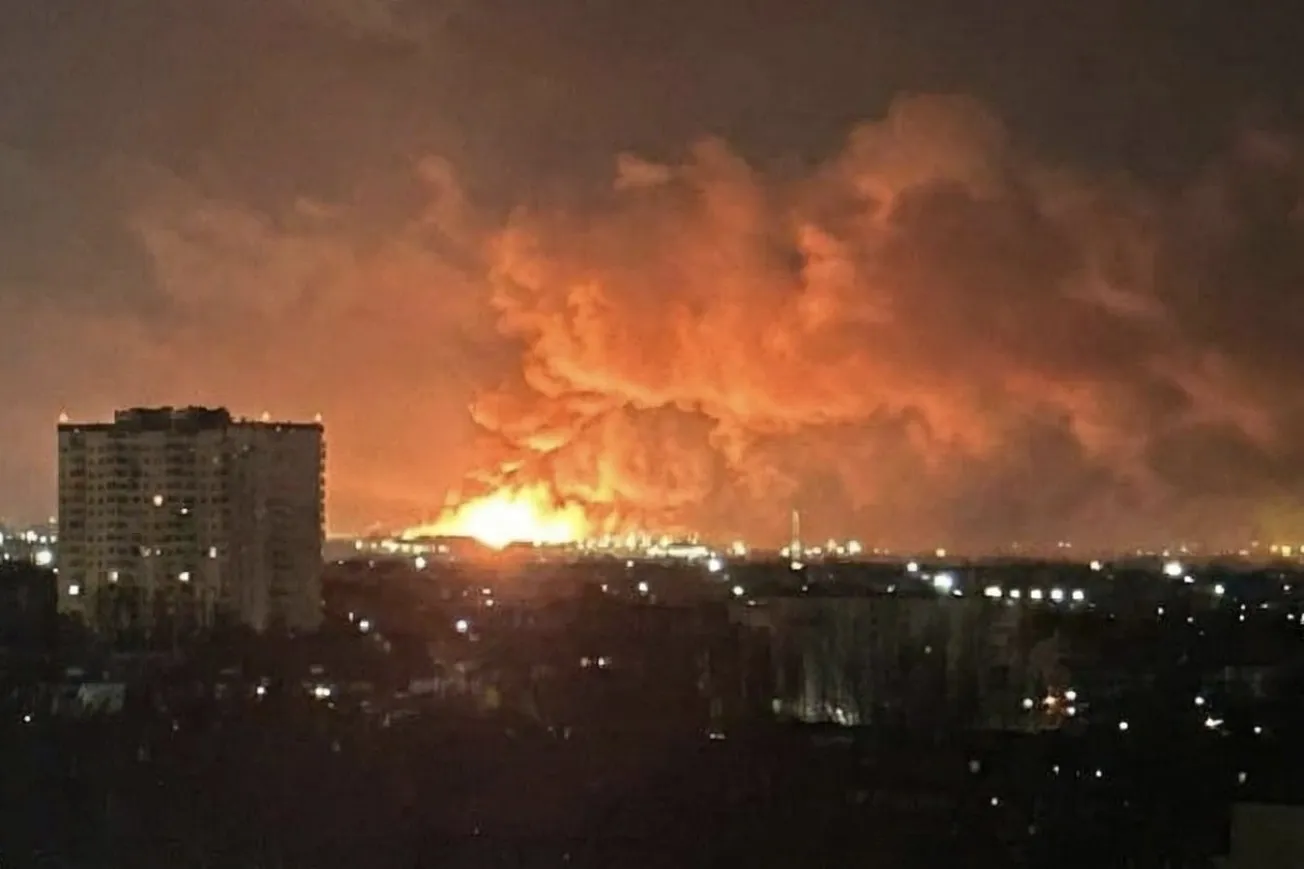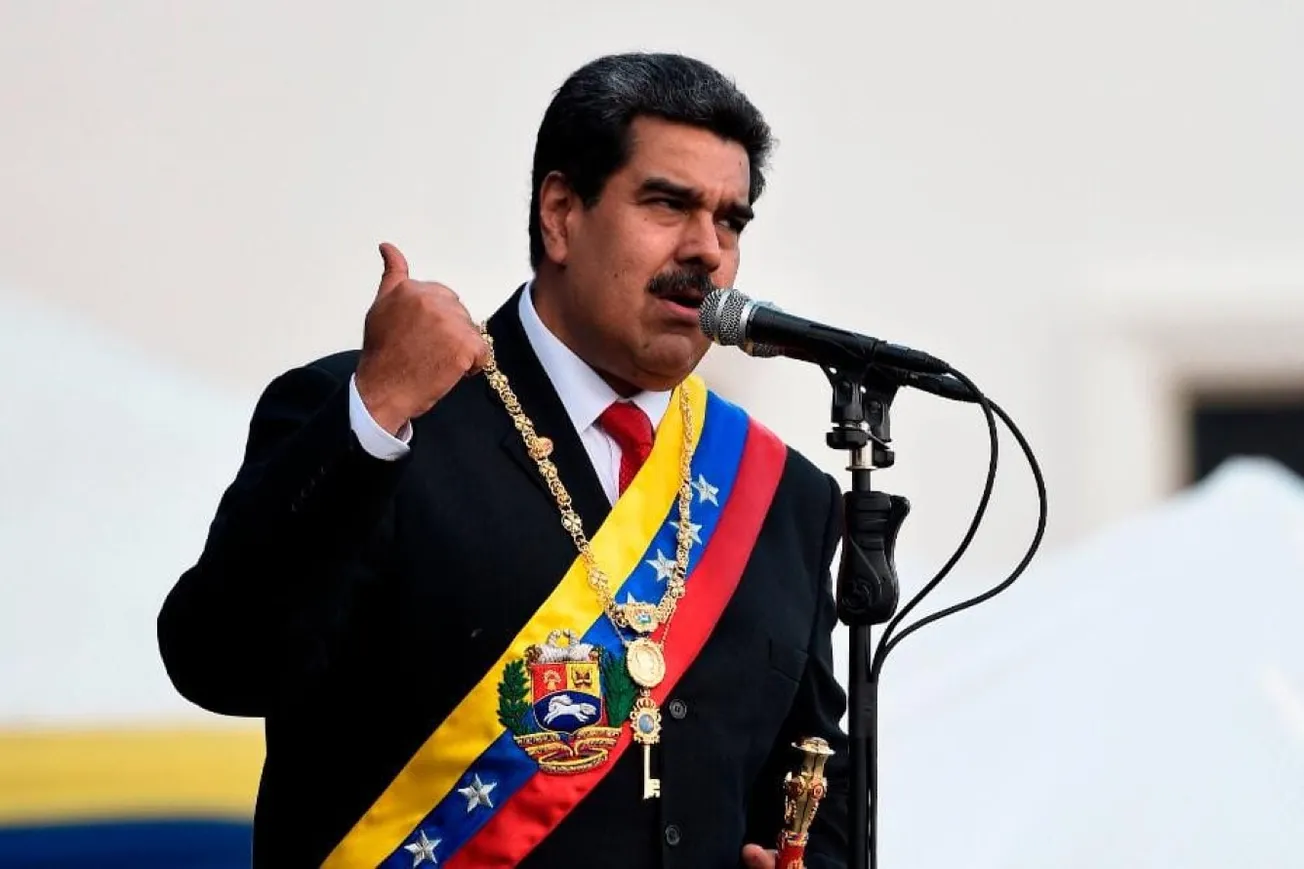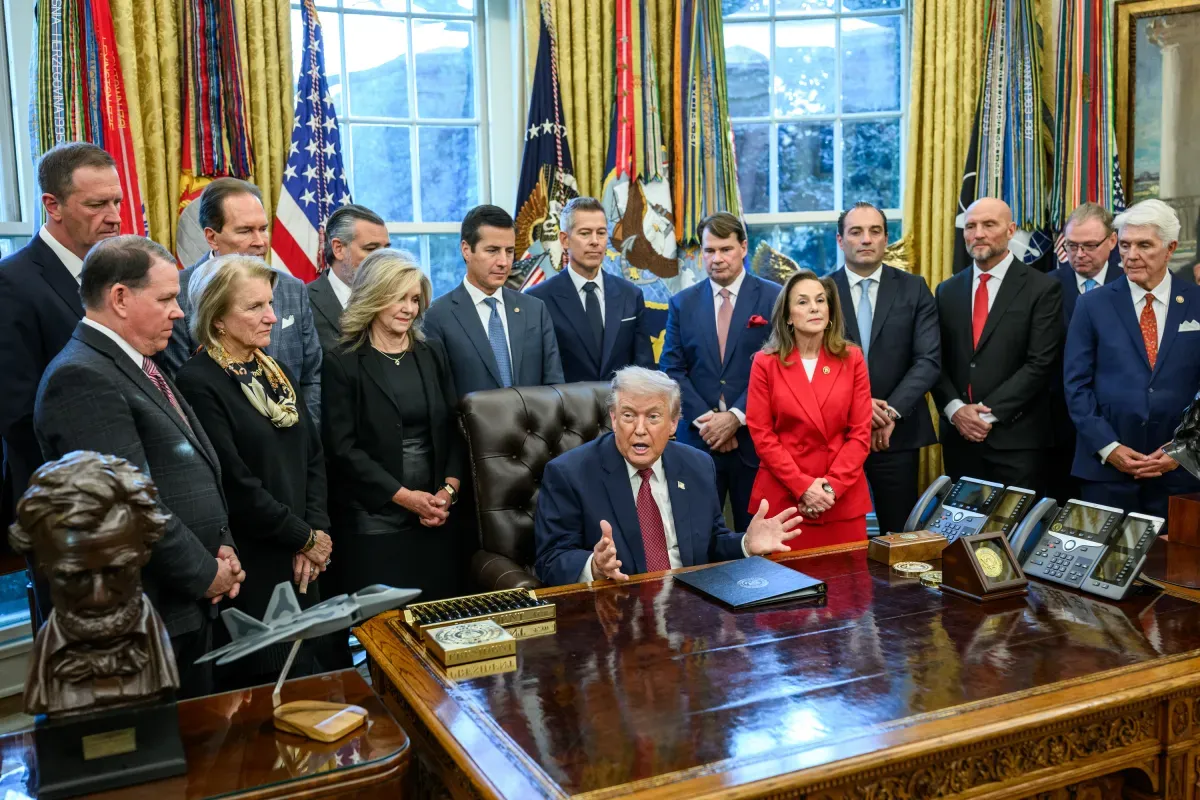By David Blackmon via The Daily Caller News Foundation | September 6, 2023
Crude prices leapt on Tuesday after Saudi Arabia announced it would extend its 1 million barrel per day (bopd) cuts initiated July 1 through the end of 2023. At the same time, Russia’s oil ministry also said it would extend its own production cut of 300,000 bopd through the end of the year. “The additional voluntary reduction of oil supplies for export is aimed at strengthening the precautionary measures taken by OPEC+ countries in order to maintain the stability and balance of oil markets,” Russian Deputy Prime Minister Alexander Novak said.
Shortly after those announcements had been made public, the international Brent price benchmark for crude oil had shot up to over $90 per barrel, with the U.S. domestic WTI index surging past the $87/bbl mark. As recently as mid-June, before these latest cuts by Saudi Arabia, Russia, and a few other OPEC+ member countries went into effect, Brent had dropped below $72 and WTI was selling for about $68/bbl.
For the exporting countries, the economic benefit is obvious: Selling the current lower production volumes for $90/bbl generates the same amount of revenue as selling much higher volumes at just $70/bbl. For the Saudis, this means they’re able to realize the same level of income while leaving more than 30 million barrels in the ground each month to be available for later sale. Vladimir Putin’s government in Russia is reaping similar benefits as the “price cap” enacted last year by the U.S. and its European partners goes increasingly ignored by its trading partners.
Notably, the Russia/Saudi announcements come after China said its imports of crude oil rose during August, an indicator that the world’s 2nd-biggest economy continues to recover from last year’s COVID lockdowns. They also come as global crude inventories have fallen below normal levels as demand continues to ramp up in developing nations. Continuation of those trends would likely mean more price increases over the final four months of the year.
In the United States, this latest round of oil price increases is likely to place increased political pressure on the Biden government to act as gasoline prices at the pump inevitably rise along with the price of crude. Americans never react well to higher gas prices, and the timing for Biden officials like Energy Secretary Jennifer Granholm is especially unfortunate given that pump prices had begun to relent somewhat as the summer driving season came to an end as kids went back to school starting in mid-August. The blame pretty much always falls on the party that holds the White House, and with national elections coming up in 2024, the always-dangerous political impulse to “do something” could become irresistible.
Unfortunately for President Biden, his decision during 2022 to draw the U.S. Strategic Petroleum Reserve (SPR) down to low levels not seen in 40 years to try to influence the mid-term elections leaves him in a difficult position now. U.S. presidents realistically have few tools in their toolkits to exert influence over oil prices set on a global market, but last year’s effort to flood the market with 1 million bopd from the SPR across six months did seem to have a small impact. But with the administration dedicated to continuing its proxy war with Russia in Ukraine, a decision to make further draws on this national insurance policy would seem reckless.
Previous presidencies have exercised diplomacy, mainly with Saudi Arabia, in prior years, but last month’s agreement by Saudi Arabia to join the G7 rival BRICS alliance must be taken as a signal of failure of Biden administration diplomacy with the Kingdom. Obviously, the U.S. administration has no diplomatic leverage whatsoever with Putin’s government, and the lack of leverage with those two major players means the President also most likely lacks any influence with OPEC+ as a whole.
What it all most likely means is that Americans had better get ready to pay higher prices at the pump. Given that diesel prices are likely to spike as well, U.S. consumers should get ready for another round of price hikes at grocery stores and other retail outlets, too. It’s going to be a long, expensive 4 months until the end of 2024.
David Blackmon is an energy writer and consultant based in Texas. He spent 40 years in the oil and gas business, where he specialized in public policy and communications.
Original article link









